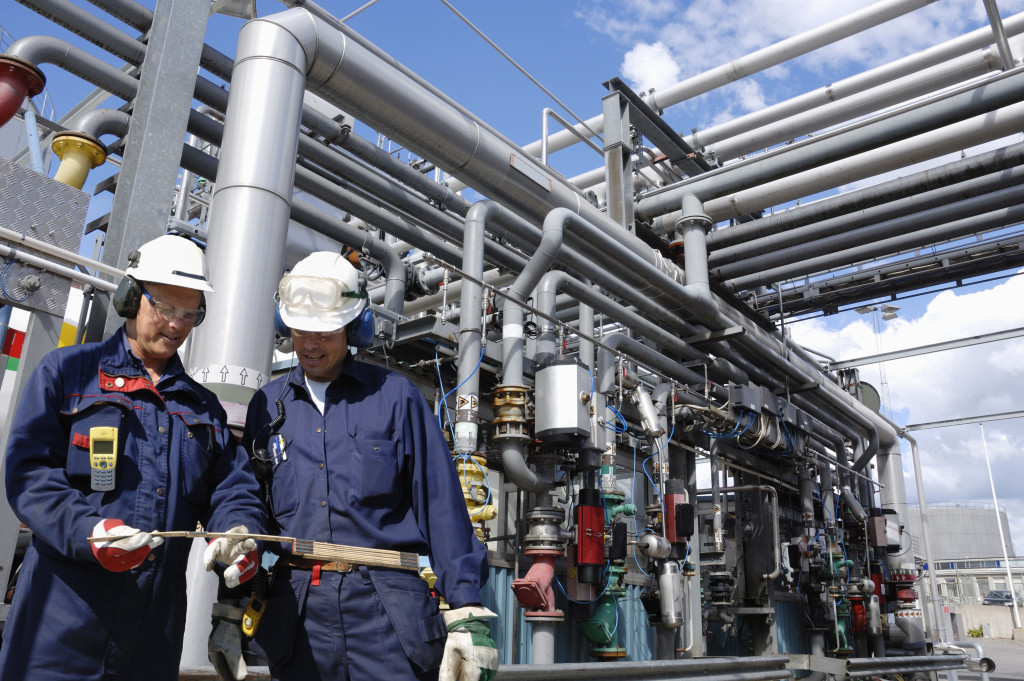If you own or operate an industrial facility, you know that many moving parts need to be well-maintained to keep the operation running smoothly. One often overlooked but critical component of any industrial facility is the tank. Whether it’s used for storage, processing, or transportation, tanks play a vital role in many industrial facilities. That’s why it’s essential to ensure they are properly maintained. Let’s take a look at a few reasons why tank maintenance is so important.
Why Tank Maintenance Matters
Here are some top reasons why tank maintenance should be a priority for industrial facilities:
Safety
First and foremost, tanks must be properly maintained for safety reasons. If a tank is not adequately maintained, it can develop leaks, leading to dangerous and even explosive situations. In addition, tanks that are not properly maintained are more likely to fail, which could cause severe injury or even death.
For example, in 2005, a tank at a petroleum refinery in Texas failed due to corrosion that had not been properly addressed. This failure led to an explosion and fire that killed 15 workers and injured 180 others. Proper maintenance could have prevented this tragedy.
Efficiency
Properly maintained tanks are also more efficient. This means that they will use less energy and resources, saving your business money in the long run. Moreover, less downtime due to repairs will help keep your business running smoothly and efficiently.
Not properly maintaining tanks can also lead to issues with the quality of your products. For instance, a storage tank that is not properly maintained could contaminate the stored material.
Environmental Compliance
In many cases, poorly maintained tanks can lead to environmental issues. For example, tank leaks will contaminate the soil and water around it. This can lead to hefty fines from environmental agencies and damage your business’s reputation. Also, if a tank is not properly maintained and fails, it can lead to an environmental disaster.
The main takeaway here is that tank maintenance should not be overlooked in any industrial facility. Properly maintaining tanks will keep your workers and the environment safe, improve efficiency, and help ensure compliance with regulations. So, what steps can you take to properly maintain your facility’s tanks? Let’s learn!

What Steps Can Be Taken for Tank Maintenance
A few key steps can be taken to properly maintain tanks in industrial facilities. Here are some examples:
1. Regular Inspections
Anyone who owns or operates an industrial tank knows that they are essential for storing materials ranging from water to chemicals. But many people don’t realize that these tanks need to be regularly inspected to ensure their safety and integrity. Tanks are subject to various stresses, including the weight of the contents they’re holding, the temperature and pressure, and the possibility of corrosion.
Over time, these factors can take their toll on a tank, causing it to weaken or even fail. That’s why it’s so important to have them inspected regularly by a qualified professional. By doing so, you can rest assured that your tank is in good condition and won’t pose a risk to your operation.
2. Get the Tanks Painted Regularly
For steel tanks, regular repainting is another important aspect of maintenance. This helps prevent corrosion and maintain the structural integrity of the tank. How often a tank must be painted depends on various factors, such as location and contents. It’s best to consult with a professional industrial painting service to determine a repainting schedule for your tanks.
You should also ensure that any paint used on the tank is appropriate for its contents. Certain materials can react with certain types of paint, so it’s essential to do your research or consult with a professional.
3. Keep an Eye on Tank Levels
Monitoring the levels in your tanks is important for safety reasons as well as efficiency. Keeping track of levels can help prevent overflows, leading to spills and potentially dangerous situations. It also helps ensure that you have enough material in your tanks to keep your operation running smoothly without having too much excess.
4. Have a Contingency Plan
In a tank failure or emergency, it’s important to have a contingency plan in place. This should include steps for containing and cleaning up any spills, evacuating personnel, and notifying necessary authorities. It would be best if you also had regular emergency drills to ensure that your team is prepared for any potential scenarios.
Proper maintenance of tanks in industrial facilities is crucial for the safety of workers and the environment and the smooth operation of a business. By regularly inspecting, painting, monitoring levels, and having a contingency plan in place, you can ensure that your tanks are in top shape and minimize potential risks. Don’t let tank maintenance be overlooked in your facility — take the necessary steps to keep them in good condition.



